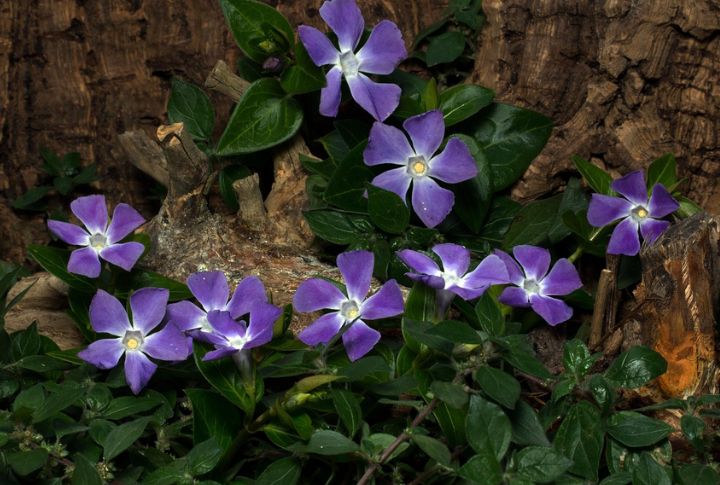
A flower bed can look a little off when the ground underneath feels forgotten. Taller plants might draw the eye, but what fills the rest shapes the whole picture. Gardeners often look for plants that don’t require much maintenance and fill space effectively while continuing to be dependable. These ten ground covers check all those boxes and match easily with existing blooms.
Creeping Thyme Draws Bees While Filling Gaps With Fragrance
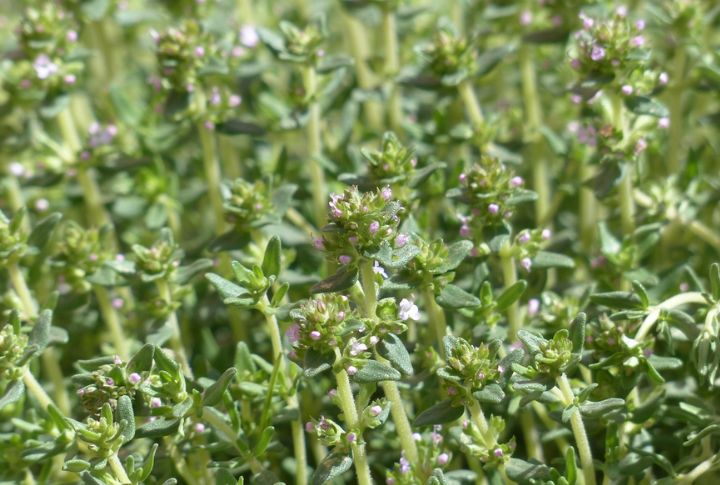
Where mulch breaks down too fast, creeping thyme fills the space with steady cover. It also resists heat and light trampling once it’s established. The summer bloom period adds bursts of purple, which not only enhances color but also attracts pollinators.
Ice Plant Adds Bright Color And Thrives In Rocky Soil
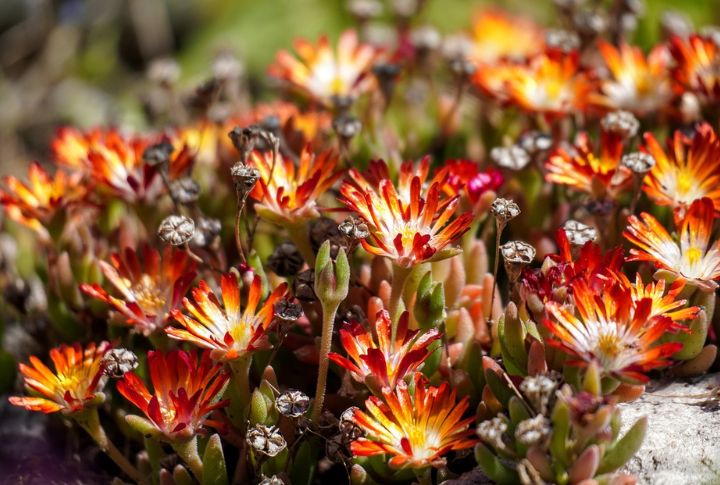
Built for rocky or sandy soil, ice plants store moisture in thick leaves. It spreads easily and covers neglected corners with vivid blooms. Its ability to handle full sun without wilting makes it a smart, colorful choice for flower beds in tough terrains.
Sweet Woodruff Covers Shady Soil And Delivers Spring Charm
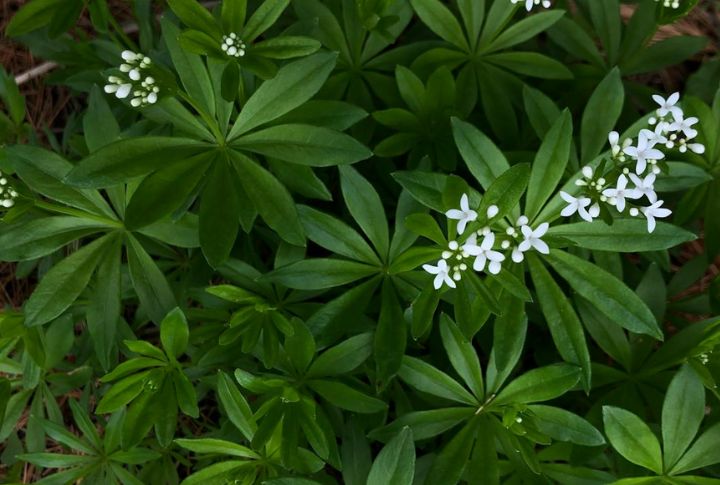
This shade-loving plant works where others fade. Sweet woodruff handles dry and root-heavy zones under trees or shrubs. It spreads slowly through underground stems and forms a dense mat. The vanilla-scented blooms show up in spring, but its best quality is persistent ground coverage in dark areas.
Irish Moss Creates A Soft Carpet Between Flowering Clumps
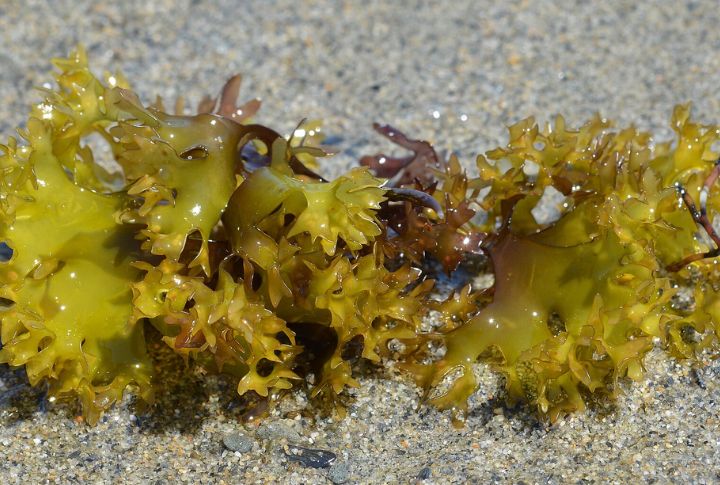
Most gardeners reach for Irish moss to add softness between stepping stones or flower clusters. It tolerates light foot traffic and gives flower beds a neat and well-defined look. While it prefers moisture and filtered sun, its tidy growth habit keeps attention on the blooms it surrounds.
Ajuga Reptans Packs Purple Foliage Into Bare Spots Fast
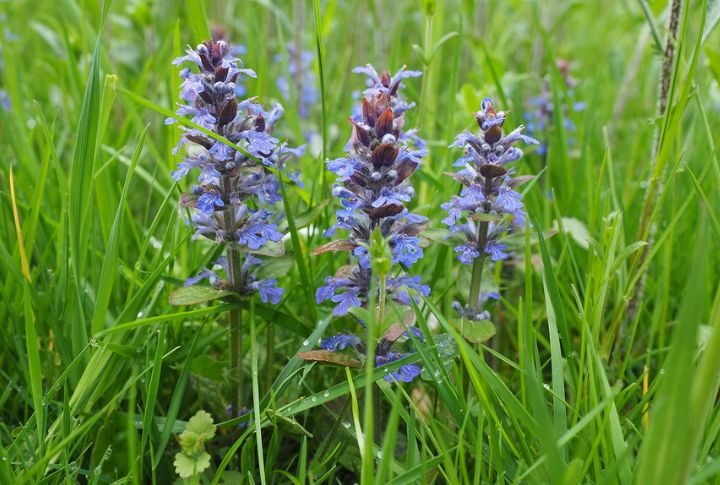
Unlike many ground covers, ajuga contributes color even when it’s not flowering. The glossy, often purplish leaves offer a bold backdrop under taller plants. Gardeners use it in part-shade beds where the soil gets exposed. It can form roots wherever it touches for quick coverage with little help.
Brass Buttons Spread Neatly With Fern-Like Texture
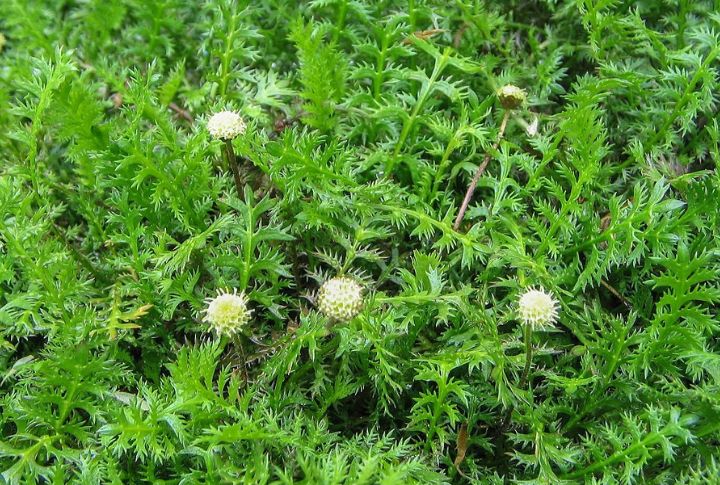
What sets Brass Buttons apart is control—it doesn’t sprawl wildly. Its fine-textured foliage gives a structured look to flower beds that rely on symmetry or border detail. Native to New Zealand, it prefers cool conditions and spreads outward at a modest pace.
Lamium Maculatum Adds Contrast To Deep Shade With Silver Leaves
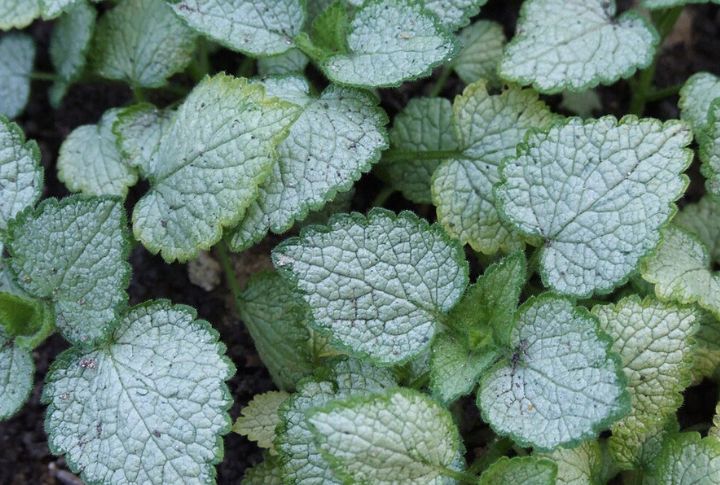
Lamium maculatum grows in areas where mulch often erodes, holding soil in place after rain. It handles full shade without fading and fills space under shrubs or along buildings. The silver patches along its leaves make it visible even in dim garden corners.
Pussytoes Handle Poor Soil And Blend With Native Wildflowers
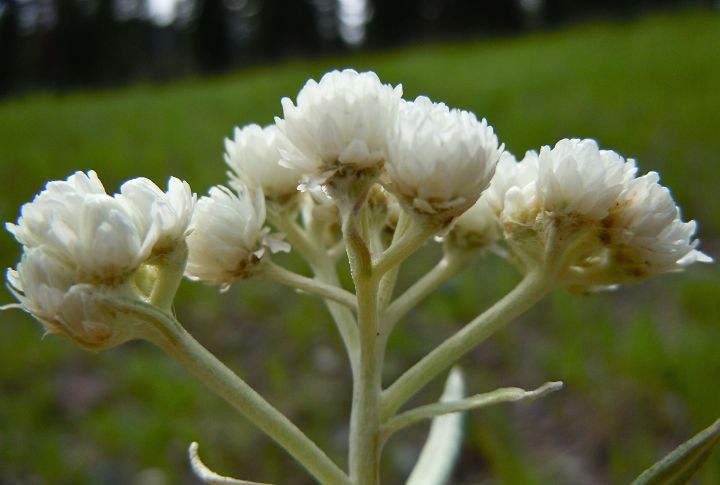
They might not look flashy, but pussytoes perform in tough settings where water drains fast. Their woolly, gray leaves stay close to the ground and suppress weeds. Best in native or meadow-style beds, they support pollinators without competing for nutrients or light with taller plants.
Herniaria Glabra Fills Gaps Without Getting In The Way
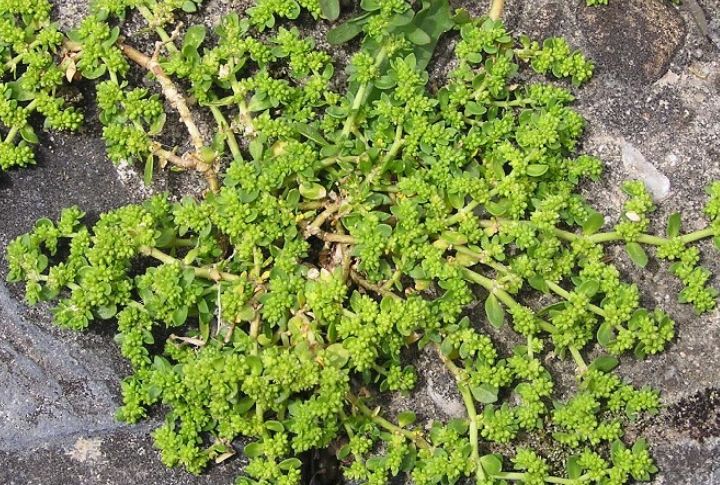
Also called green carpet, this plant fits best between intentionally spaced flowers. It spreads evenly and won’t shade out neighbors. Its tidy habit means fewer weeds and smoother transitions from plant to path. Gardeners often use it when mulch doesn’t stay put.
Vinca Minor Keeps Slopes Green And Under Control
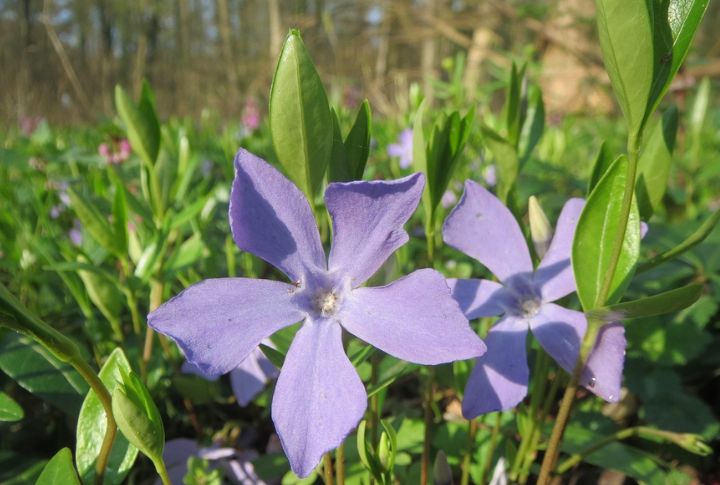
Erosion can undo even the best plans, especially on uneven soil. Vinca minor solves that by sending down roots from trailing stems. It covers banks and hillsides year-round with soft purple spring blooms to add a bonus touch rather than being the main feature.

